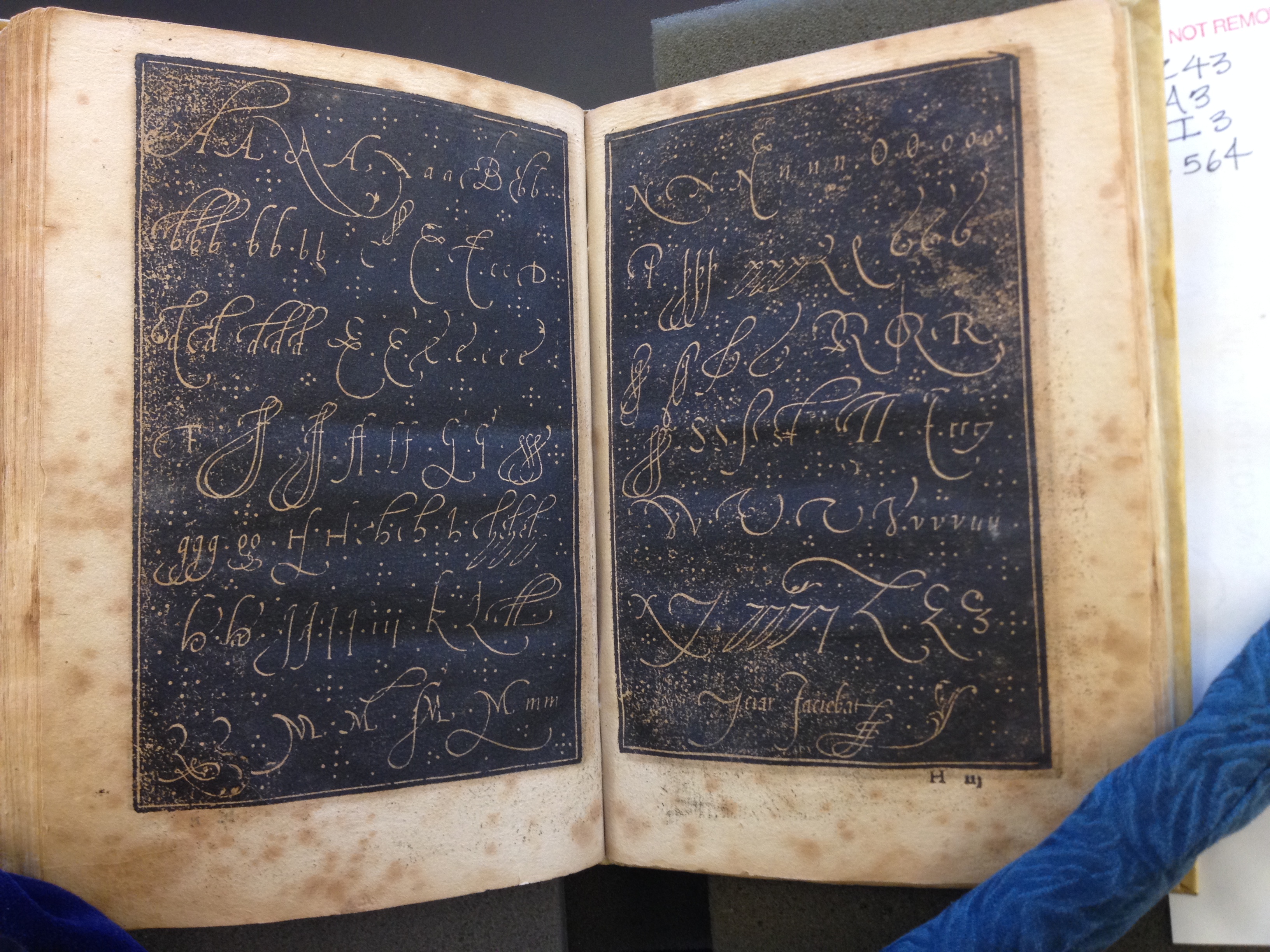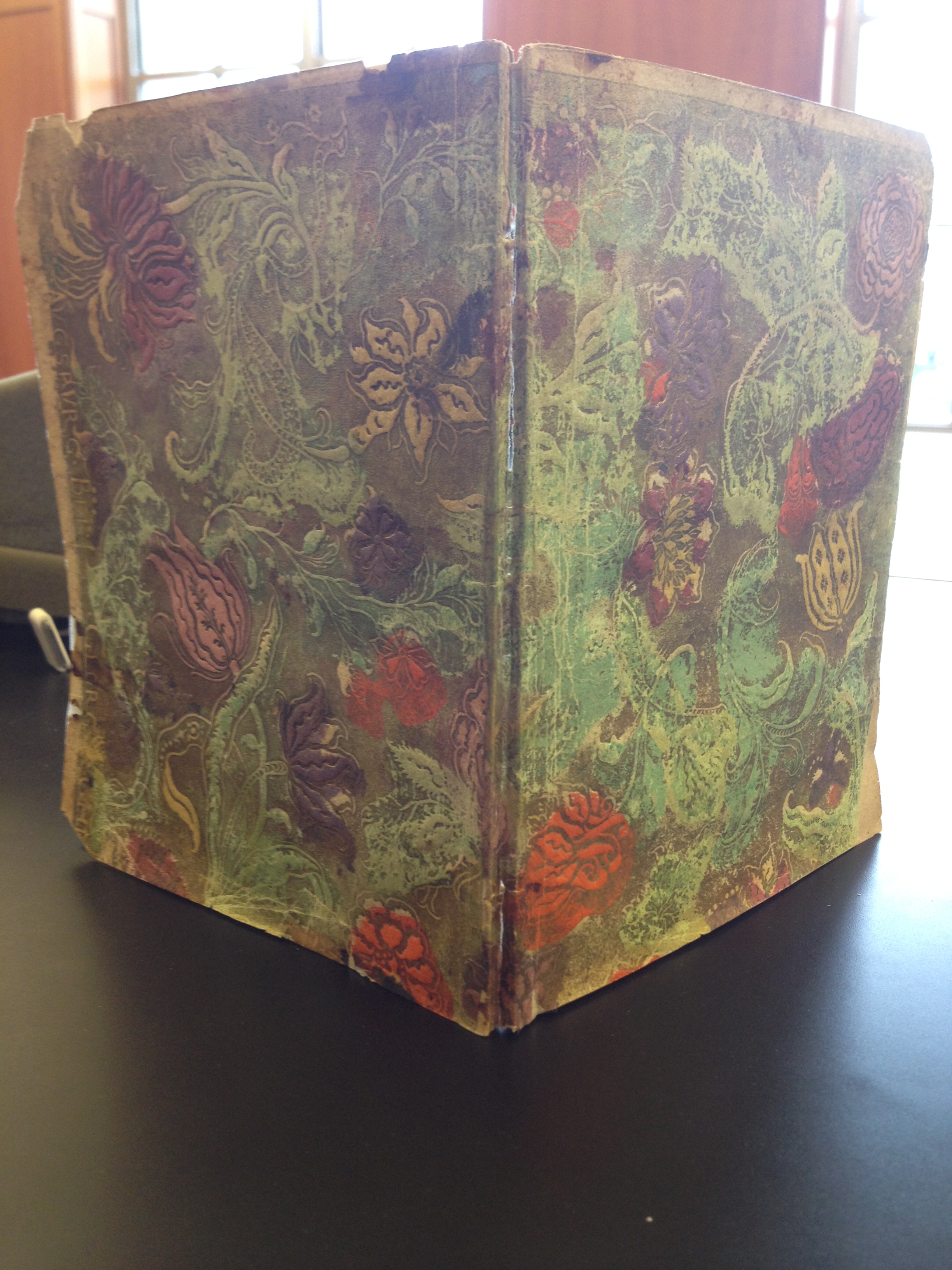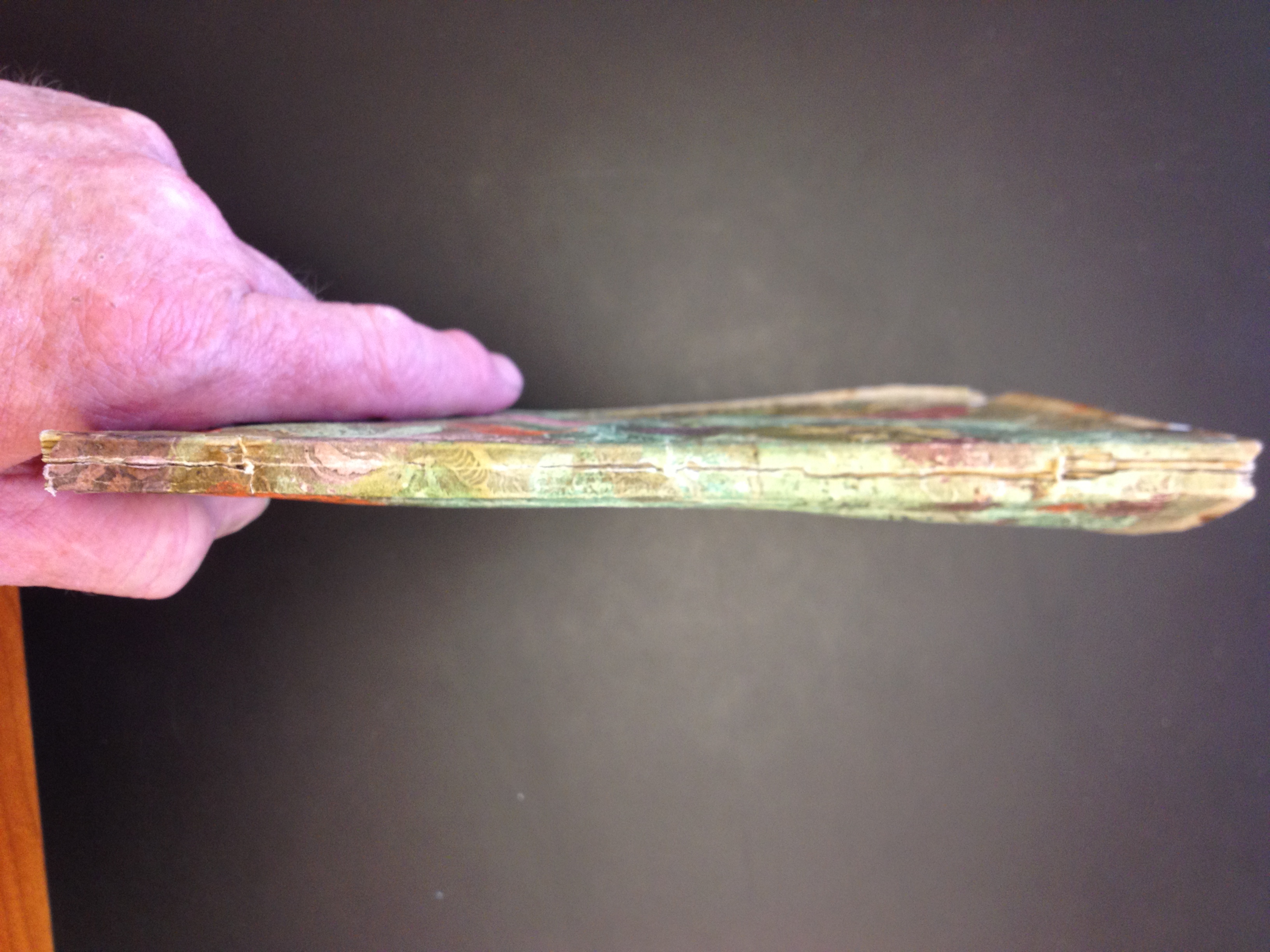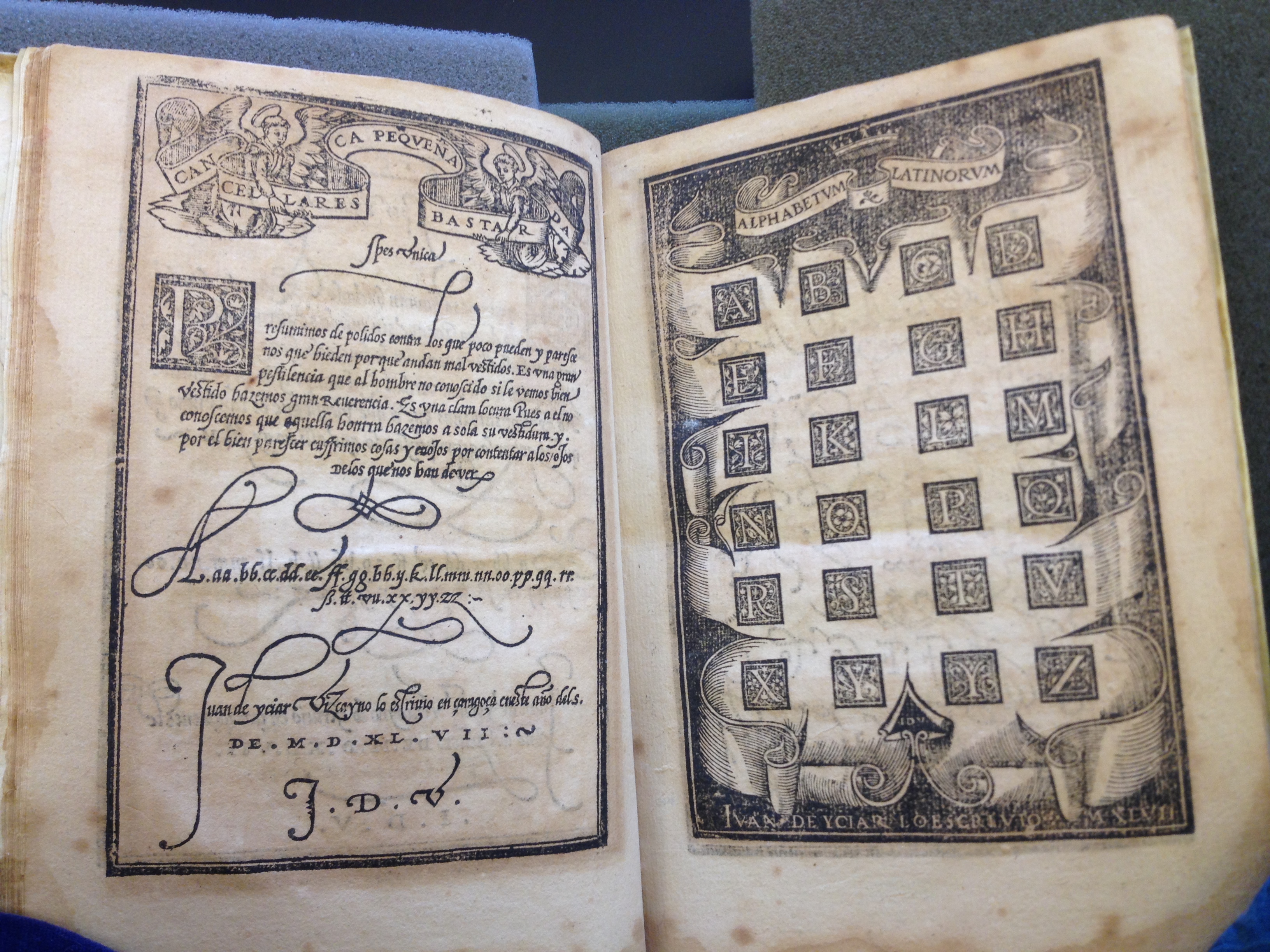Travel beats digital access
I'll be launching an Indiegogo project on Wednesday to fund my travels to libraries.
Motoscribendi: 1 Man, 1 Motorcycle & 14 Libraries is the title, and I've done a PitchFuse prelaunch to gather a little head of steam.
Why ride when I could view a bunch of writing manuals online using the Hathi Trust Database? I could easily review the Hofer's collection and read David Becker's excellent The Practice of Letters comfortably at home. Reading Morison, Fairbank and all the rest, I could be up to speed on writing manuals in American collections within six months and never bother with going to look at one of those dusty old books. Save a lot of wear and tear on me - and on the books.
But where's the fun in that? Those dusty old books are what I'm here for. Digital tools are quite good for general research, but they'll never replace connection with the physical object. Tactile interaction informs the researcher and cannot be transmitted by even the best digital reproduction.
Why then, would I want to create an online census of writing manuals in America? I'm advocating touching and using the books rather than view digital reproductions. I'm a fan of the internet for what it does well, but I'm not convinced that limiting access to the objects by telling scholars to refer to digital images serves us.
Uploading a bunch of bibliographic records from various libraries in a spreadsheet could be of some use, but is the result worth the effort? Not if the exercise doesn't add something. By visiting libraries, talking to staff and scholars, I want to build a crowdsourced finding aid that has more current information than that found in older cataloged records. David Becker went to libraries and compared catalog records to the items. He writes about the books at the Hofer Collection while including information about other copies of the book in other institutions. This is the the purpose of scholarship – add to the knowledge base and offer greater access.
By making a survey of books, cataloging and institutional practices in a short period of time sets the stage for the long-range goal of building the census. By drawing on institutional knowledge not captured in the catalog, the census will improve over time to become even more useful.
This wouldn't be any fun without a few images, would it?




